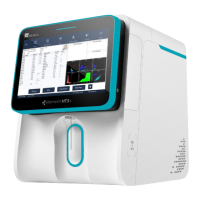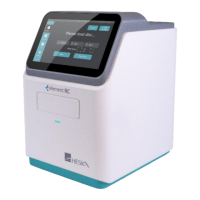What should I do if my scil Measuring Instruments reports 'FS baseline abnormal'?
- SStephanie PearsonSep 5, 2025
If the device reports 'FS baseline abnormal', first tap 'REMOVE ERROR'. If the problem persists, switch off and then switch on the instrument power.


